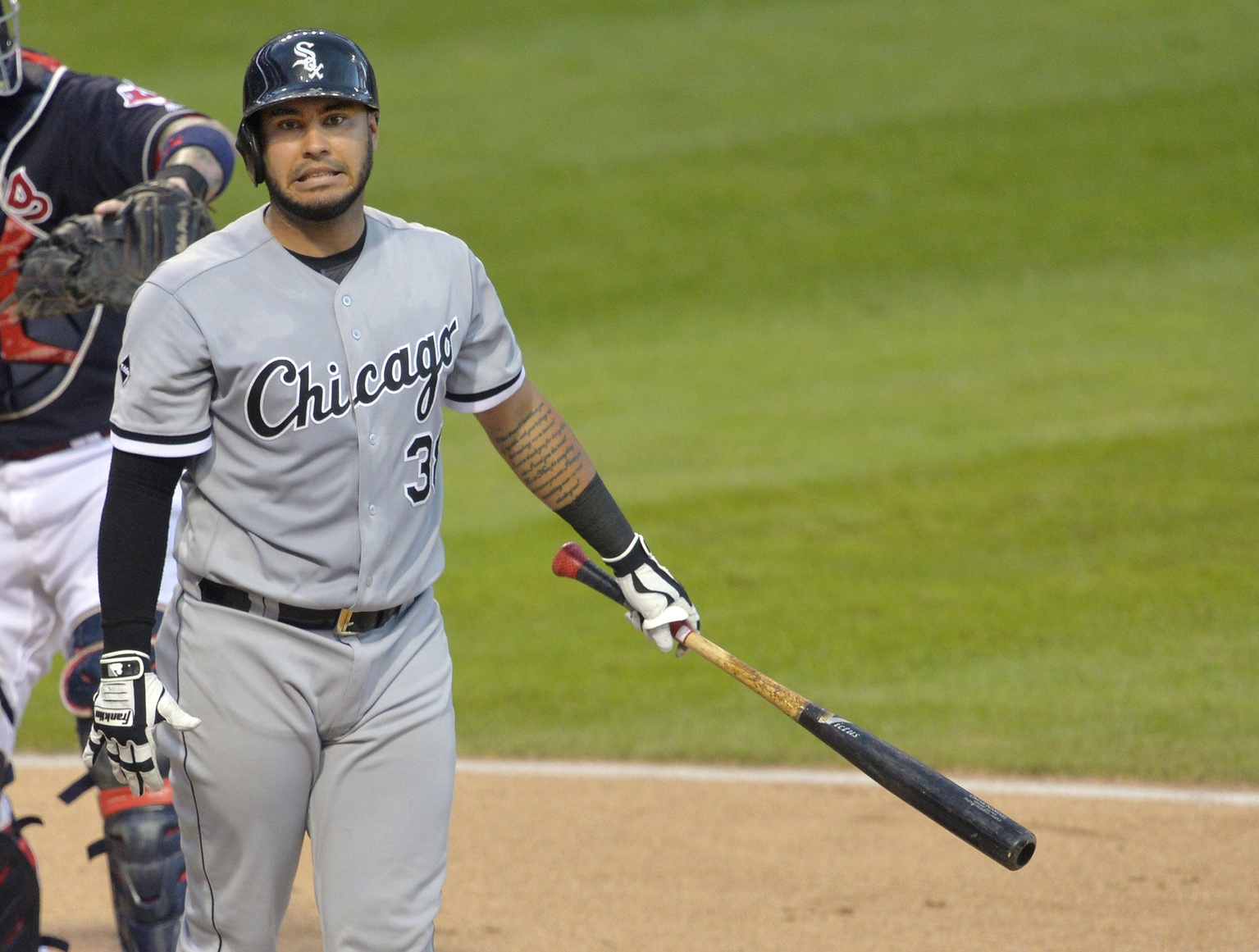While it has been a rough season in many respects, one particularly disappointing aspect of 2016 has been–through misfortune and persistent organizational weakness–the lack of young players to watch with hopeful optimism. After all, once it’s clear a team’s immediate playoff fortunes have been dashed, the most obvious pleasure in continuing to watch derives from young, new arrivals who may be able to help in the future.
Tim Anderson jumps off the screen in that regard, certainly, and Carlos Rodon looks to be trending in the direction of exciting development, but after Matt Davidson, Kevan Smith, and Charlie Tilson all had their debuts and rookie seasons dashed by injury, the cupboard has been awfully bare.
Thus, and specifically on the position player side, after Anderson, the most surprising and pleasant development in 2016 has been the arrival of Omar Narvaez, the fifth choice at catcher on the year. And no, I’m not here to look at his .357/.486/.393 line over 35 PAs and proclaim him the Venezuelan Joe Mauer. However, even if you zoom out, there’s reason to be happy about his presence and what it represents.
First, the most important thing a catcher can do is defend his position. To my unqualified eye, Narvaez has looked perfectly adequate behind the plate, and when seeking confirmation with someone who knows what they’re talking about, BP’s own Mauricio Rubio confirmed that he may even merit the label of “solid average.” If that’s Narvaez’ true quality defensively, the bar for what he has to do on offense drops dramatically.
Catchers as a group are bad hitters. If Narvaez were able to muster, say, a .330 OBP, that would put him as Top-10 in the majors in that category for catchers with more than 200 PAs, and most of the players ahead of him on that Top-10 are making a lot of money. Similarly, Jason Castro is sixth in the majors among catchers by WARP while hitting .213/.321/.380 by virtue of his defense. This isn’t to say that single seasons of defensive metrics are gospel, but rather to emphasize: if you are a good defensive catcher, any hitting at all becomes super valuable.
*Side note: Narvaez was once a switch hitter, but seems to have abandoned it to hit full-time from the left side.
Obviously, it can be tricky to keep drawing walks against major league pitchers if they have no reason to be afraid of you doing anything other than hitting a single, although we have seen Alex Avila maintain good OBPs even after his contact and power abandoned him. But, if Narvaez can play solid defense, as a lefty bat he looks like an intriguing bench option, particularly if he can maintain even 80 percent of his .277/.353/.336 minor league line in the majors.** There are a fair amount of catchers who hit right-handed and need protection from any decent right-handed pitching.
Moreover, as I’ve said in reference to Tyler Saladino, being able to generate serviceable bench options internally is a cascading boon to the organization. It obviates the need to shop in the free agent market for guys like that, saving financial resources (which to the White Sox is evidently a priority of puzzling urgency) and erases the misery of the Emilio Bonifacio/Gordon Beckham/Dioner Navarro-type results that that sort of free agent can present. It also provides credible on-hand depth, instead of, say, being stuck giving regular playing time to Ray Olmedo in the only real playoff push the organization has seen since 2008.
**It is not conclusive on the matter, but I do think it is worth pointing out that Kiley McDaniel described Narvaez as possessing an advanced approach at the plate, as it is very easy to draw a lot of walks in the minors without having any real meaningful on-base skills that will translate to the majors.
So, here’s to hoping Narvaez can get plenty of playing time over the next few months to see if he can indeed be penciled in as the backup catcher for 2017. It’s not the most important job on the team, but as we’ve seen, any time you can solve a problem on the roster–particularly when done cheaply and for multiple years–it is a big deal.
Lead Image Credit: David Richard // USA Today Sports Images

Such sad times are these when Sox fans refer to a backup catcher as a symbol of hope.
indeed. why is ventura still the manager?